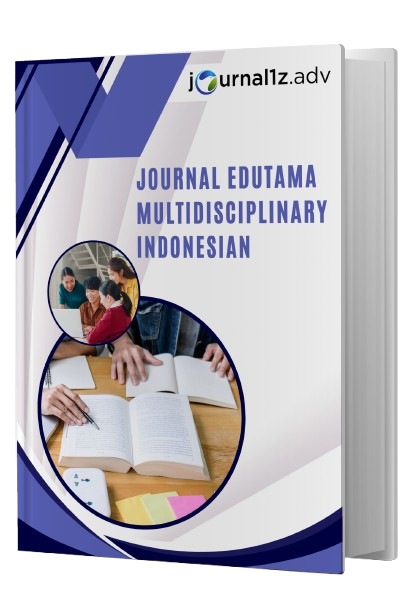RISIKO DEFISIT NUTRISI PADA ANAK DENGAN DEMAM TYPHOID DI RUMAH SAKIT UMUM DAERAH BENDAN KOTA PEKALONGAN
Keywords:
Nursing Care, Typhoid Fever, Risk of Nutritional DeficitAbstract
Typhoid fever is caused by the bacteria Salmonella typhi and occurs mainly in tropical countries. The main symptoms are fever for a week or more with disturbances in the digestive tract. The disease can have a spectrum of symptoms ranging from mild fever to gastrointestinal disorders and serious complications. This study aims to describe nursing care for the risk of nutritional deficits related to typhoid fever at the Bendan Regional General Hospital, Pekalongan City. In writing this scientific paper, the author uses descriptive methods. The sampling technique was carried out using a convenience sampling method (non- probability sampling method), where the subjects selected were two pediatric patients who suffered from typhoid and were at risk of nutritional deficits. After carrying out nursing actions for 3 x 24 hours, it is hoped that the nutritional status will improve according to the outcome criteria, the portion of food consumed will increase, body weight or BMI will improve, frequency of eating will increase, appetite will improve, feeling of being full quickly will decrease. After 3 x 24 hours of nursing action on both clients, the nursing problem was partially resolved because the client's weight did not increase even though food intake increased. This is caused by fever which increases the body's metabolism, so that calories do not accumulate in the form of fat.
Downloads
References
PPNI. (2018). Standar Intervensi Keperawatan Indonesia: Definisi dan Tindakan Keperawatan (1st ed.). Jakarta: DPP PPNI.
PPNI. (2019). Standar Luaran Keperawatan Indonesia: Definisi dan Kriteria Hasil Keperawatan (1st ed.). Jakarta: DPP PPNI.
PPNI, DPP Pokja SDKI. (2017). Standar Diagnosa Keperawatan Indonesia (1st ed.). Jakarta: Dewan Pengurus Pusat Persatuan Perawat Nasional Indonesia.
Prehamukti, A. (2018). Faktor lingkungan dan perilaku terhadap kejadian demam tifoid. HIGEIA (Jurnal Penelitian dan Pengembangan Kesehatan Masyarakat), 2(4), 587–598.
Rahmat, Wahyudi, dkk. (2019). Demam Typhoid.
Soeradji. (2021). Risiko defisit nutrisi pada anak dengan demam typhoid.
Sudarti. (2016). Penyebab demam typhoid (p. 186).
Downloads
Published
Issue
Section
License
Copyright (c) 2024 Dita Luthfiana, Hera Sofiana, Wahyu Nur Solikah, Alifianur Fahmilatu Hanifah, Nur Setiyo Asih, Nabila Intan Angellina, Shyla Asok Pramesti, Hanifatun Nasriah, Jeanolla Labina Putri, Talitha Luthfiyah, Satriya Pranata (Author)

This work is licensed under a Creative Commons Attribution-ShareAlike 4.0 International License.













